If you’ve heard someone mention “greening out” and wondered what it means, you’re not alone. This term has become more common as cannabis strains get stronger and more people try cannabis for the first time.
Greening out refers to feeling sick or uncomfortable after consuming too much cannabis. It’s like having too much of anything – unpleasant but temporary.
Here’s what you need to know: While greening out feels terrible, it’s not dangerous or life-threatening. The symptoms always go away on their own.
This guide gives you the complete picture of what greening out means, how to recognize symptoms, what causes it, and practical prevention steps. We’ve researched medical sources to bring you accurate information without scare tactics.
By the end, you’ll understand greening out completely and feel confident about cannabis safety.
The Science Behind Greening Out
THC causes a green out when you consume more than your tolerance can handle, especially with today’s high-potency strains.
The Role of THC in Greening Out
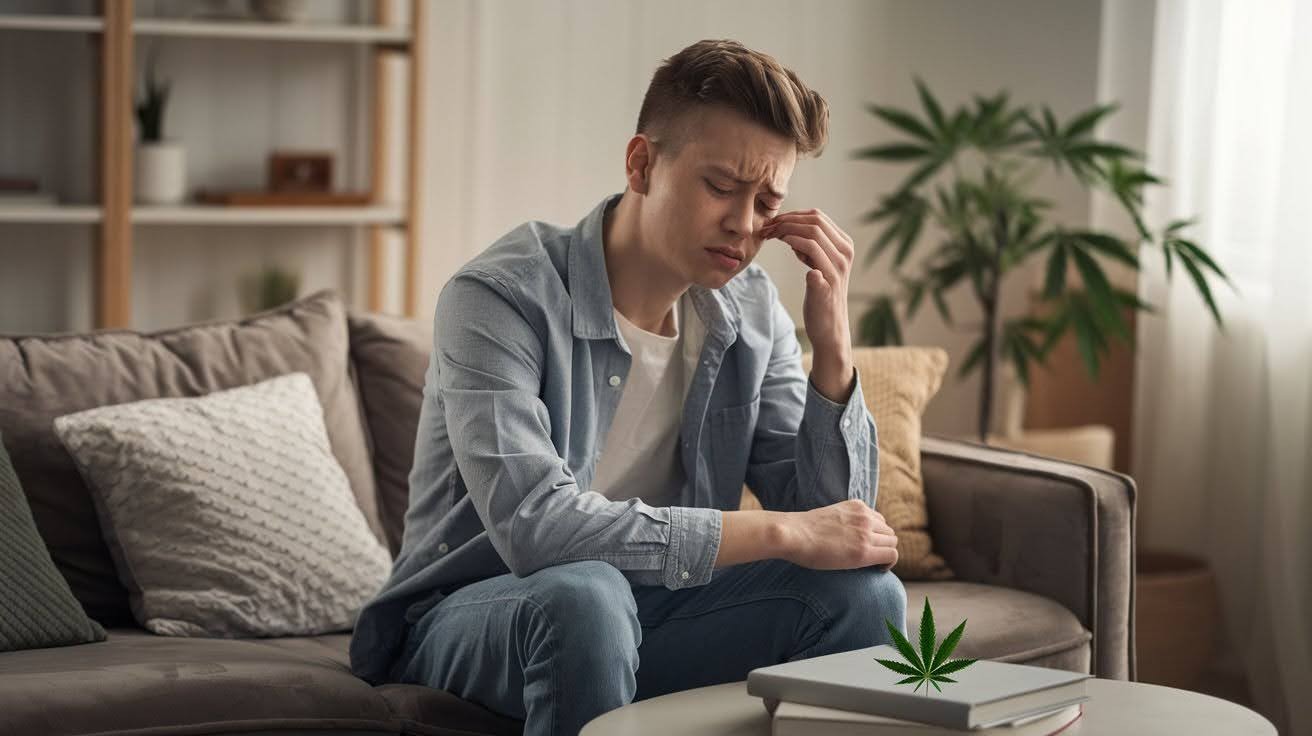
THC is the main reason you get green out. This compound, called tetrahydrocannabinol, is what makes you feel “high” when you use cannabis.
Here’s the simple truth: The more THC you consume, the higher your chance of greening out. It’s a direct relationship – too much THC equals feeling terrible.
But here’s where it gets personal. Your tolerance level is completely different from your friend’s tolerance. What makes you go green might not affect someone else at all.
Cannabis potency matters hugely. Today’s strains are much stronger than they used to be. Some contain 20-30% THC, while older strains had only 3-5%.
Think of it like alcohol. A beer affects you differently from a shot of whiskey. Similarly, different cannabis strains pack very different punches.
How THC Affects the Brain and Body?
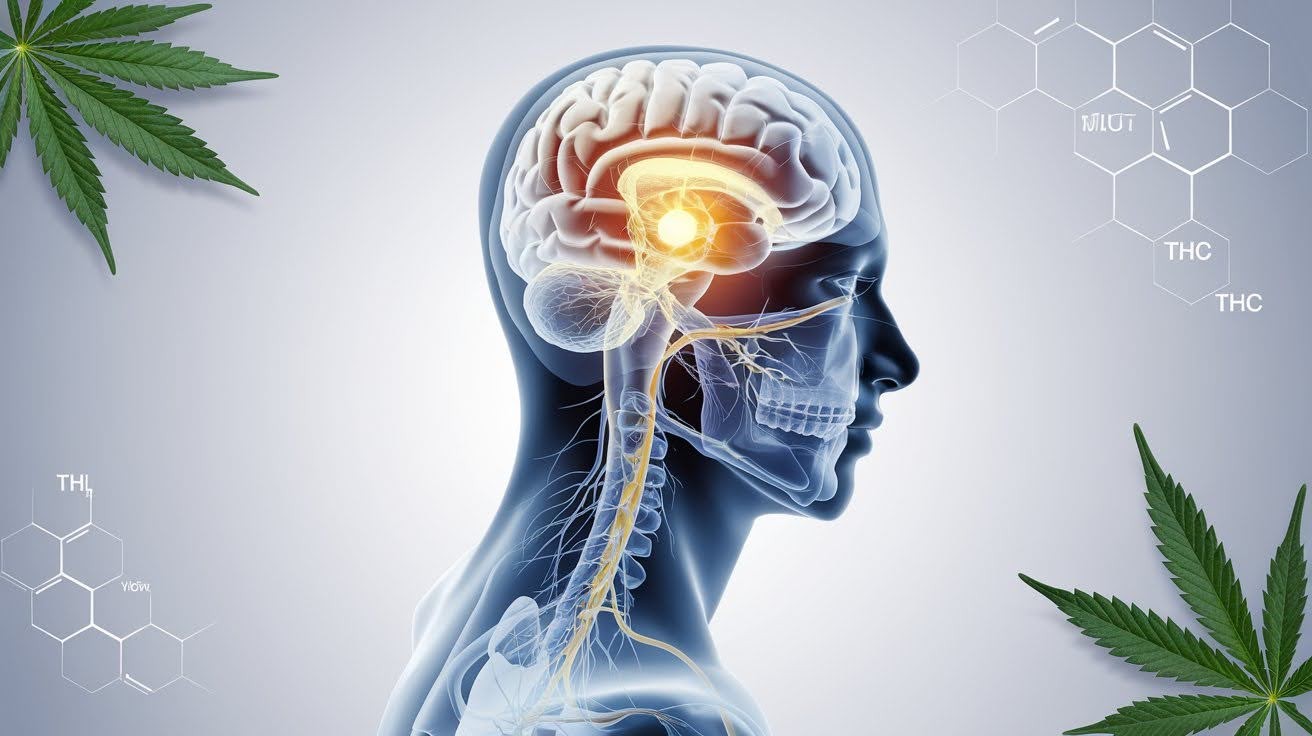
Your brain has a built-in system called the endocannabinoid system. THC hijacks this system when you use cannabis.
THC locks onto receptors in your brain called CB1 receptors. These receptors normally control your mood, memory, and appetite.
When THC connects to these receptors, it starts a chain reaction. This creates the “high” feeling you experience with cannabis use.
But here’s the problem. Too much THC overwhelms this delicate system. It’s like flooding a computer with too much information – everything starts to malfunction.
Your brain chemistry gets thrown off balance. The normal communication between brain cells becomes scrambled, leading to all those uncomfortable greening out symptoms.
Individual Factors Affecting THC Response

Everyone processes THC differently. Your body is unique, and so is your response to cannabis.
Your experience level plays a huge role. If you’re new to cannabis, your system hasn’t learned how to handle THC yet.
Your body weight affects how THC hits you. Larger people often need more to feel effects, while smaller people may be more sensitive.
Your overall health status matters too. If you’re tired, stressed, or not feeling well, you’re more likely to have a bad reaction.
Metabolism is key. Some people break down THC quickly, while others process it slowly. This explains why the same amount affects people so differently.
Identifying the Causes and Risk Factors
New users face the highest green-out risk due to unknown tolerance limits, lack of dosing knowledge, and today’s ultra-potent products containing up to 90% THC.
Primary Causes of Greening Out
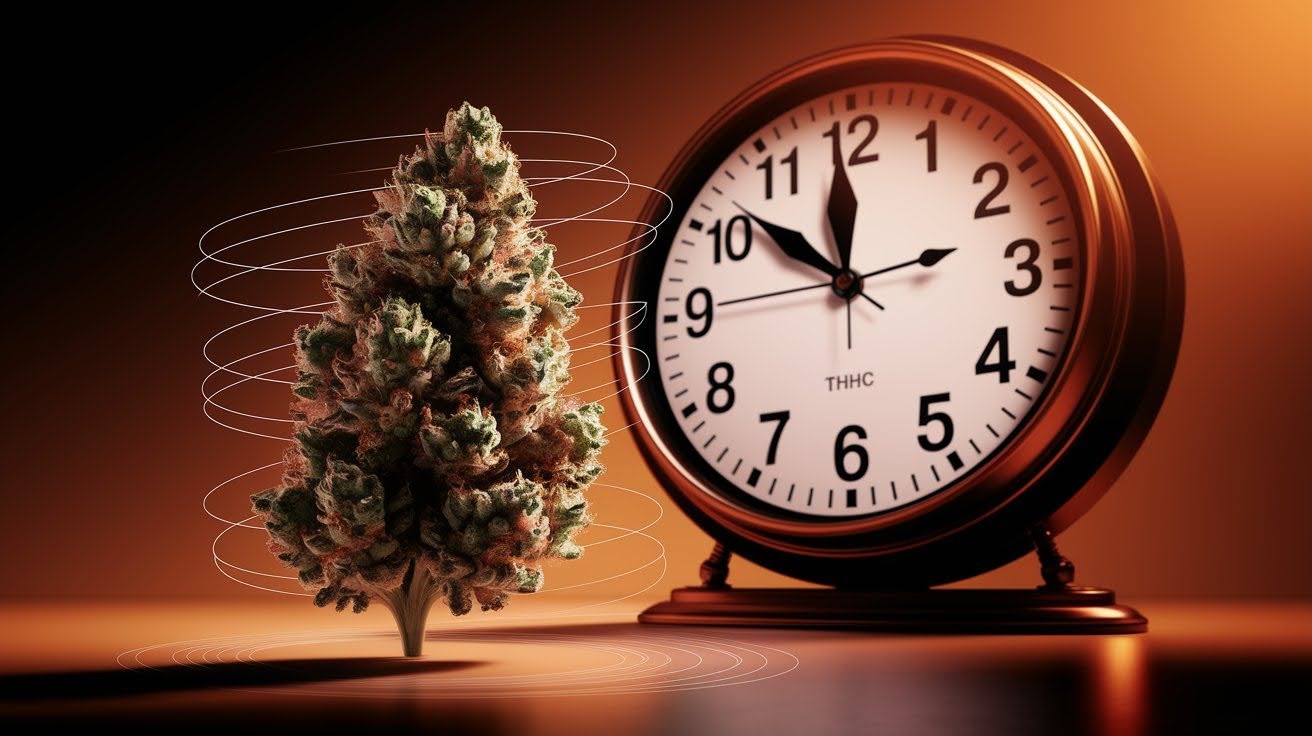
New users are sitting ducks when it comes to greening out. You don’t know your limits yet, making overconsumption easy.
High-potency products are dangerous for anyone, but especially beginners. Concentrates and dabs can contain 70-90% THC.
Most people have zero idea about proper dosing. Unlike alcohol, cannabis doesn’t come with clear guidelines about how much is safe.
Your sensitivity is a wild card. Some people are naturally more sensitive to THC than others.
Mixing substances is asking for trouble. Cannabis plus alcohol or other drugs dramatically increases your risk of greening out.
High-Risk Scenarios for Greening Out
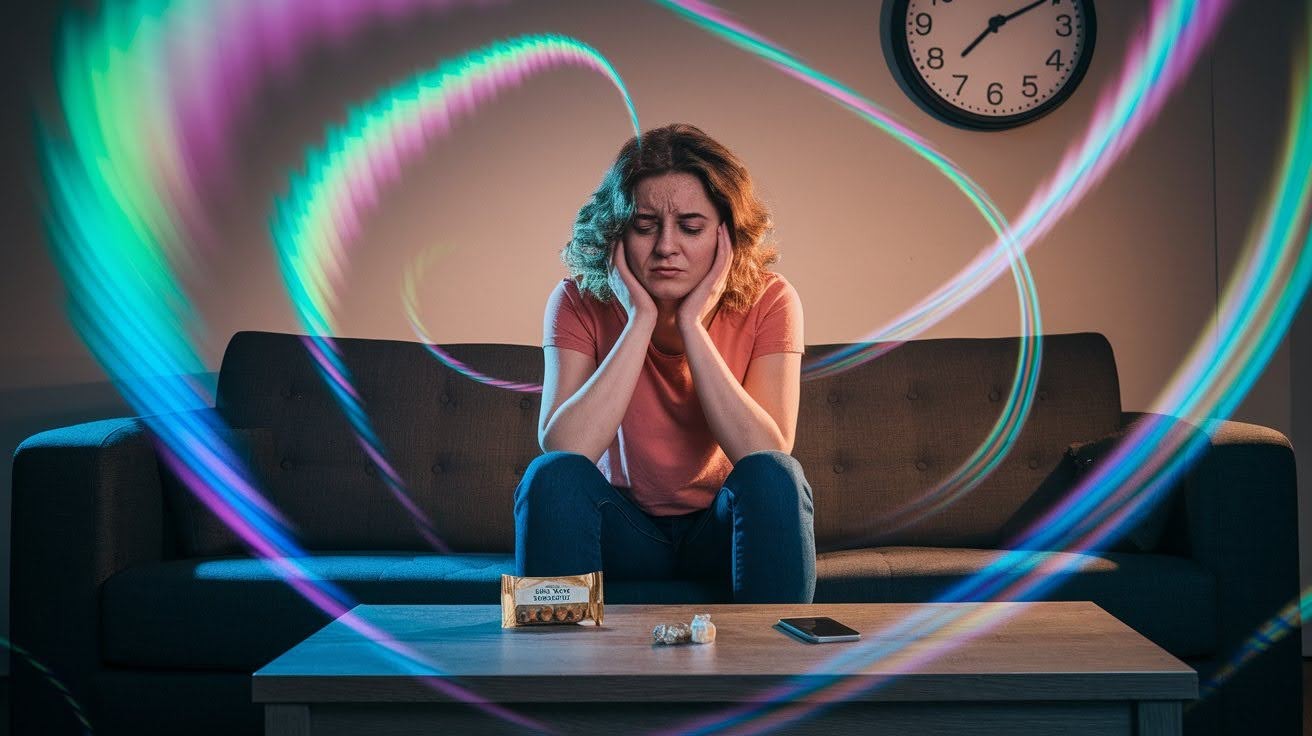
First-time users face the highest risk because they’re still figuring out how cannabis affects their bodies.
Using cannabis on an empty stomach makes everything hit harder and faster. Food helps slow down absorption.
Experienced users aren’t immune either. Many go green when they try concentrates or high-dose edibles for the first time.
Edibles are notorious for causing greening out. The delayed effects trick people into taking more before the first dose kicks in.
Social situations create pressure to keep up with others. You might consume more than you’re comfortable with just to fit in.
The Edibles Factor: Special Considerations
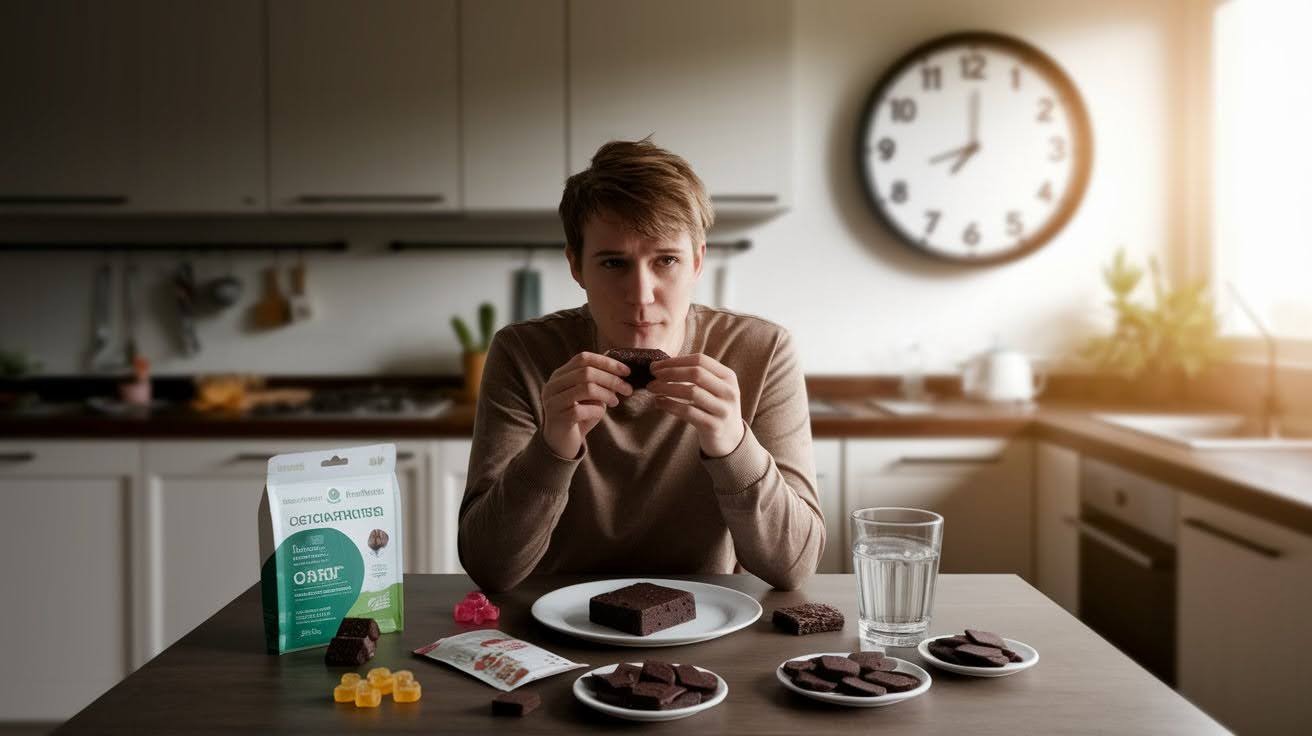
Edibles are the trickiest form of cannabis because they take forever to work. You might wait 30 minutes to 2 hours before feeling anything.
The effects last much longer, too – sometimes up to 8 hours or more. That’s a long time to feel terrible if you’ve taken too much.
Here’s the trap: You eat a brownie, feel nothing after an hour, then eat another one. By the time both hit, you’re in for a rough ride.
Edibles hit differently than smoking. The high is often more intense and more focused on your body rather than your head.
Dosing edibles is incredibly difficult. Homemade ones, especially, can have wildly inconsistent THC levels throughout the product.
Recognizing the Signs and Symptoms
Green out causes rapid heartbeat, nausea, dizziness, pale skin, and sweating – all temporary but very unpleasant symptoms.
Physical Symptoms of Greening Out
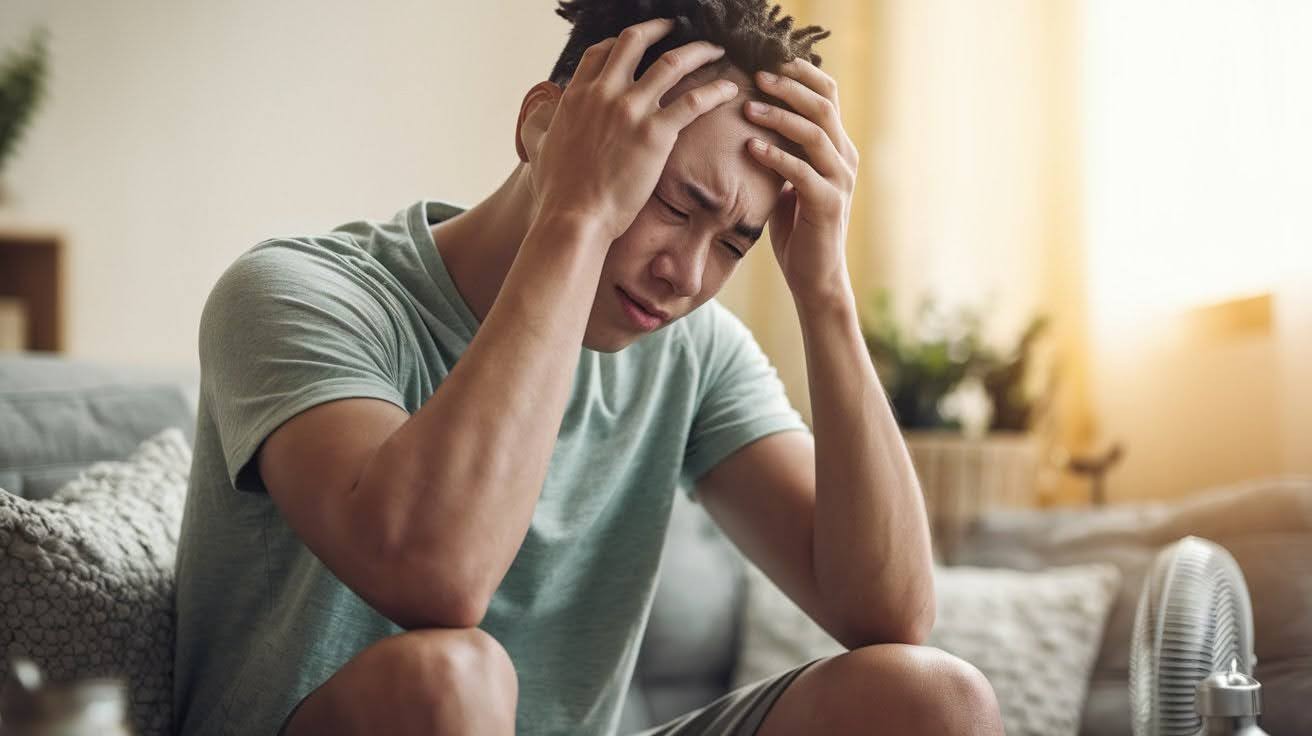
Your heart starts racing like you’ve just run a marathon. This rapid heartbeat can be scary, but it’s temporary.
Your blood pressure shoots up, and you might feel your heart pounding in your chest. These cardiovascular changes are alarming but not dangerous.
Your stomach rebels against you. Nausea hits first, followed by potential vomiting if you’ve overdone it.
Everything feels wrong digestively. Your stomach might hurt, and you could feel generally sick to your stomach. Dizziness makes you unsteady. You might feel lightheaded or like the room is spinning around you.
Headaches can develop, ranging from mild discomfort to severe migraines. Balance becomes a real challenge. You’ll look as bad as you feel. Your face loses color, turning noticeably pale or even greenish.
Sweating happens even when you’re not hot. Your body might shake or twitch, especially in your legs.
Psychological and Mental Symptoms

Anxiety hits like a freight train. You might feel intense fear or paranoia that seems completely irrational.
Panic attacks can develop with overwhelming feelings of dread or impending doom.
Your mind feels scrambled. Thinking becomes nearly impossible, and you might feel completely confused about where you are.
Memory becomes unreliable. You might forget what you were just thinking about or lose track of conversations.
Concentration disappears entirely. Focusing on anything becomes extremely difficult or impossible.
Everything feels too intense. Lights seem brighter, sounds seem louder, and even gentle touches might feel overwhelming.
You feel completely out of control. This sense of helplessness often makes all the other symptoms feel worse.
Severity Variations and Individual Differences
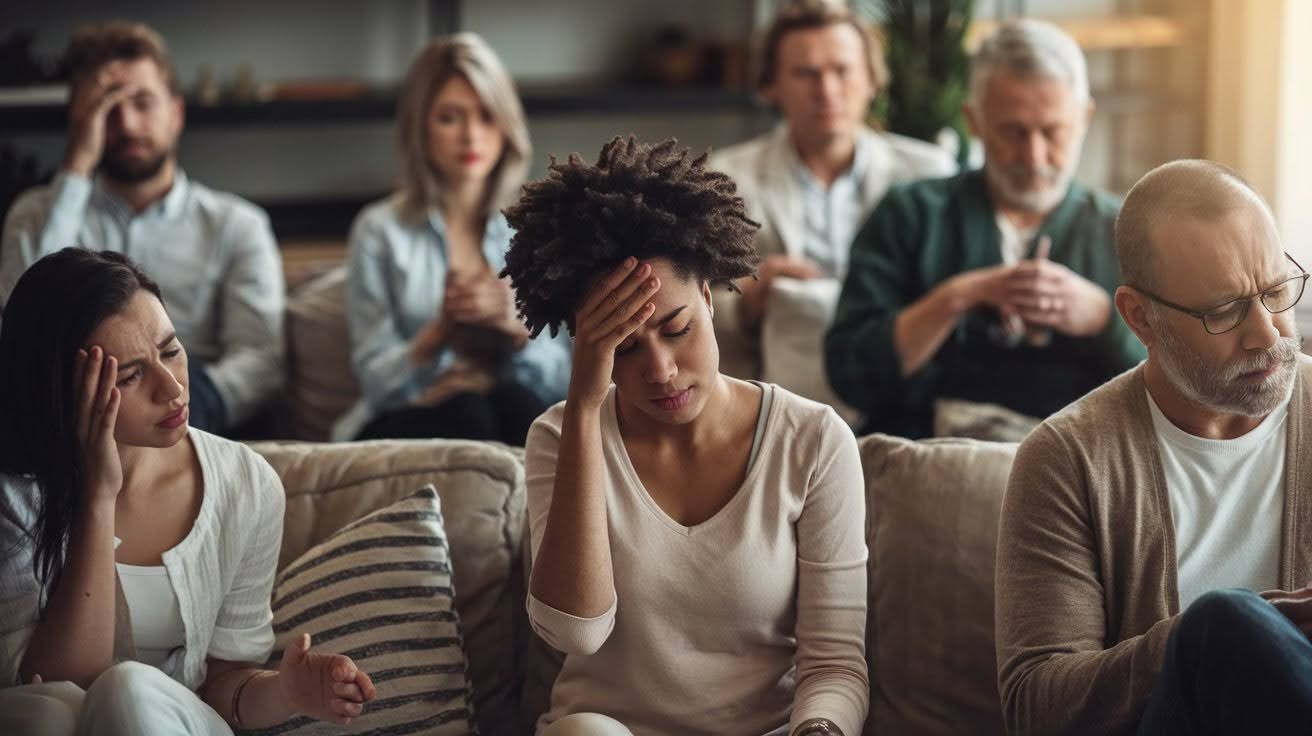
Symptoms range from mild to severe. Some people experience light discomfort, while others feel completely miserable.
Duration varies wildly depending on how you consume cannabis and how much you take.
Some people are just more sensitive to these effects. You might have a friend who never greens out, while you’re more prone to it.
Beginners usually have it worse because their bodies aren’t used to processing THC.
Call for help if symptoms feel dangerous. While greening out isn’t life-threatening, severe panic attacks or persistent vomiting might need medical attention.
Conclusion
So, what does green out mean? It’s simply your body’s way of saying “too much THC.” While the symptoms feel awful – from nausea and dizziness to anxiety and confusion – greening out is temporary and not dangerous.
You now know the warning signs and understand why it happens. Whether it’s from potent edibles, empty stomach consumption, or just personal sensitivity, you can recognize the causes and take steps to prevent them.
Remember: Start low, go slow, and listen to your body. Most greening-out episodes are completely preventable with the right knowledge.
Have you experienced going out by yourself? Share your story in the comments below – your experience might help someone else stay safe.
Frequently Asked Questions
What does green out mean?
Green out (also called “whiteing”) means feeling sick or uncomfortable after consuming too much cannabis, especially high-THC products. Symptoms include nausea, dizziness, anxiety, rapid heartbeat, and sweating. It’s temporary and not life-threatening, but it can be very distressing for those experiencing it.
How long does greening out last?
Greening out typically lasts 1-3 hours when smoking, but can extend up to 8 hours with edibles. The duration depends on the consumption method, amount consumed, and individual metabolism. Symptoms gradually fade as THC leaves your system. Rest, hydration, and staying calm help speed recovery.
What are the main symptoms of greening out?
Physical symptoms include nausea, vomiting, dizziness, rapid heartbeat, sweating, and pale skin. Psychological symptoms involve intense anxiety, paranoia, confusion, and feeling out of control. Some people also experience muscle twitches, headaches, and heightened sensitivity to light and sound.
What causes someone to go green?
Greening out is caused by consuming too much THC for your tolerance level. Common triggers include using high-potency products, consuming on an empty stomach, inexperience with cannabis, mixing with alcohol, or taking additional edibles before the first dose takes effect.
Can you die from greening out?
No, you cannot die from greening out. While extremely uncomfortable and distressing, cannabis overconsumption is not lethal. However, seek medical help if symptoms are severe, persistent, or if someone has trouble breathing, loses consciousness, or experiences chest pain that concerns you.









